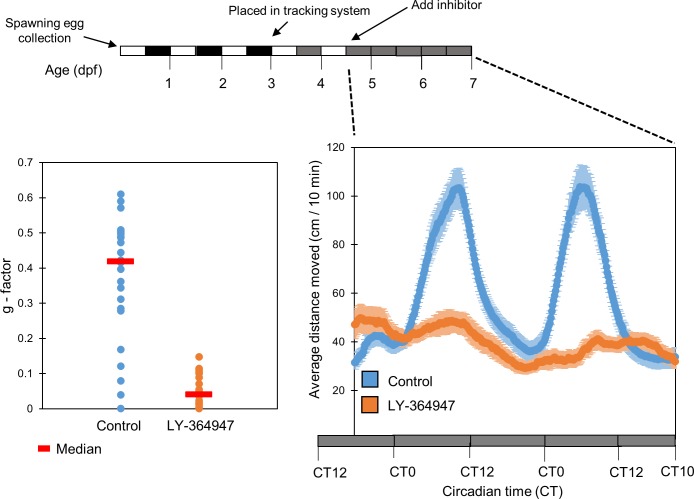Fig 6. TGF-β inhibition abolishes clock-controlled rhythmic locomotor activity in zebrafish larvae.
Clock-controlled rhythmic locomotor activity of zebrafish larvae under constant dim light was abolished after treatment with the TGF-β inhibitor LY-374947 (20µM) in comparison to a control group (DMSO). Embryos were raised under LD for 3 days, raised under LDim in the DanioVision chamber for 2 days, the inhibitor was then applied and locomotor activity (distance moved every 10 min) was monitored under constant Dim. The data is presented as a moving average (10 sliding points) for each group (n = 24/group). Larvae exhibited a significant reduction in the amplitude of rhythmic locomotor activity (p<0.001, t-test, bottom right panel). The horizontal bars represent the lighting conditions before and during the experiment. White boxes represent light, black boxes represent dark and grey boxes represent dim light (upper panel). TGF-β inhibitor-treated larvae exhibited significantly lower g-factor values (fitness to a circadian rhythm) in comparison to control larvae (p<0.001, Kolmogorov-Smirnov test), indicating that their locomotor activity is less circadian (bottom left panel). The median is represented for each group (red line).

